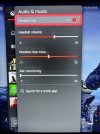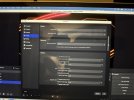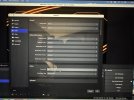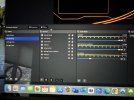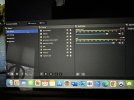I stream on Twitch from an Xbox Series X via a Rybozen 4K capture card to a MacBook Pro running the most recent software updates of both the Mac and OBS. My Xbox is connected to the internet via ethernet cable. I currently run two mics; one from my wired Astro A40 headset to the capture card via an El Gato Chat link cable and the other mic is hooked up directly to my Mac via a USB cable.
The issue:
While chatting in-game on COD MW2, I can hear my team through the headset with no issue, but that doesn't always translate well into the stream via the capture card. Viewers have remarked that the voice get chopped off (can confirm) after a couple of words. But it doesn't always happen. Sometimes, their complete sentence comes through. And when there are multiple environmental, in-game sounds going on (explosions, doors opening, glass breaking, weapons fire, etc), then mic audio via the secondary mic that runs straight into the Mac is echoy. I've checked all the monitoring settings in all the scenes, double checked hardware connections, but still can't fix the issues. Any thoughts?
The issue:
While chatting in-game on COD MW2, I can hear my team through the headset with no issue, but that doesn't always translate well into the stream via the capture card. Viewers have remarked that the voice get chopped off (can confirm) after a couple of words. But it doesn't always happen. Sometimes, their complete sentence comes through. And when there are multiple environmental, in-game sounds going on (explosions, doors opening, glass breaking, weapons fire, etc), then mic audio via the secondary mic that runs straight into the Mac is echoy. I've checked all the monitoring settings in all the scenes, double checked hardware connections, but still can't fix the issues. Any thoughts?
